After taking a few days to enjoy the island, it was finally time to start actually learning how to dive. The island itself was nice enough, but it was clearly geared towards one thing. I think anyone visiting Utila for anything other than a diving school would become really rather bored within less than a week. However, after our three days of fun, it was time to get out there and under the ocean. The 8 am start wasn’t exactly easy, but new air awaited with Utila Dive Center.
The Only Aircon in Utila
The first few days were pretty droll. They were spent in a classroom watching videos made way back in the late 90s with actors I pray ended up in nothing more than minor extra roles and porno. It was painful to watch. I have been made to sit through my fair share of introductory videos, health and safety recaps, diversity inclusion company checkboxes and the like, and they are always just as bad as the last.
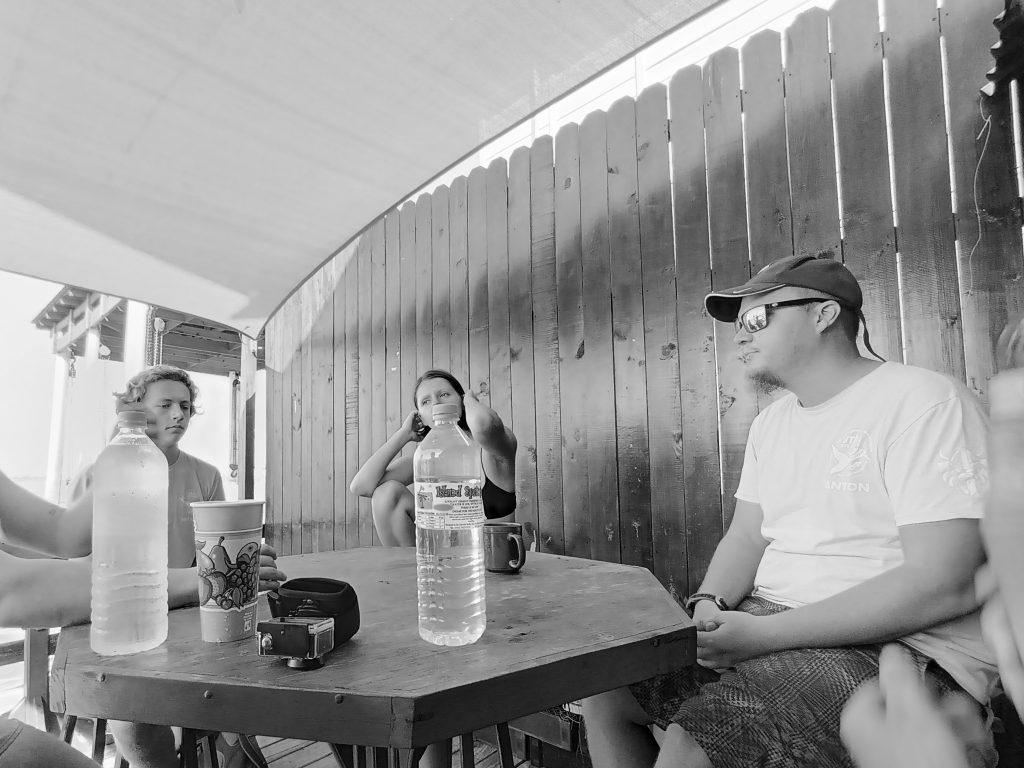
It seems odd that these instructional films are always, almost without fail, terrible and usually in the same way. I have often been to see amateur film productions. They can range from small groups of untrained enthusiasts all the way up to budding feature film-making masters students, and yet they all outstrip the visual gravel that companies somehow source. The acting is always a heavy letdown, of course. However, the direction, camera work, and scripting are also painfully bad. If there is ever a case for AI taking creative jobs, I feel these kinds of instructional videos are the one.
I remember when, while working for GWR, they decided to start sourcing its creative production team from inside the company, looking around its thousands of employees for a team to work on the short films. We had so many to watch a year they must have been losing a fortune. The way I found out they had moved away from whatever shithole agency it was that supplied the films was by noticing that the quality of instructional films went through the roof. It went from the trademark, washed-out, broken-scripted, horribly shot nightmare to something that had plot, direction, and even a few laughs. Even people who work on industrial railways for a living are able to produce something of better value than whoever it is that usually makes instructional videos. Anyway, I digress…
Getting the Basics
The one thing that stuck with me all these months after actually watching the course videos was their bizarre obsession with talking about styling your gear out. Over and over again, the videos would mention how you can accessorize your gear, matching colours and style. At first, I thought it would maybe be a plug for a certain company, but no, it was just a thing they decided to fixate on. I seem to remember one of the questions on the final exam read something like: What is more important when buying your new gear? Safety. Colour. Style. If the question seems easy, it was, they all were. Didn’t stop one of us having to resit, though.
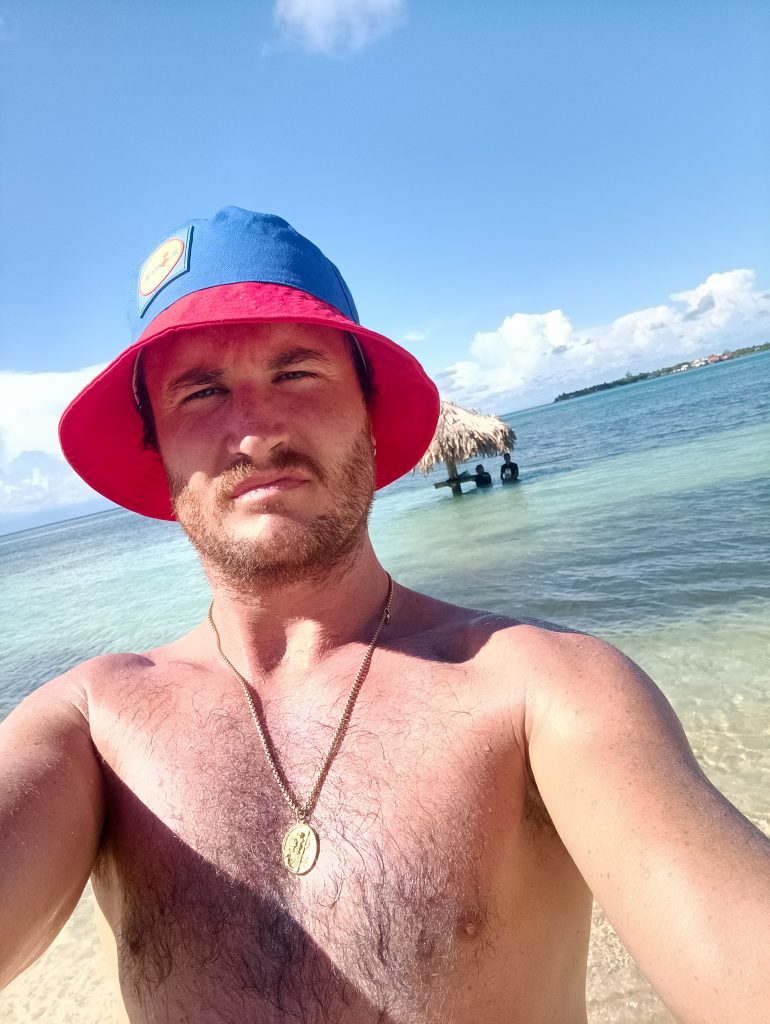
Some people are built different. Different doesn’t mean better, however, and sadly we had one of those in our class. All the way through my life, in any classroom situation I have been in, be it 13 years old in a school or 29 years old in a GWR railway safety briefing, there is always some mentally deficient troglodyte who has to clarify things that could be understood by a dog. Of course, our course had one of those. They ask questions that need to be asked twice just for their sheer stupidity.
“What flavour should the air be?” “How do I know if my ears are hurting?” “Can I breathe if I’m upside down?” “Do I need to be able to swim?” He couldn’t really swim, so the answer to the last one was actually no, not really, but we will give you every allowance we can to ensure you at least manage to get into the water and breathing canned air.
Geared Up
The classes took a day and a half and were in an air-conditioned room which was a blessing. Our trainer knew they sucked and acted accordingly. He was a humorous Dutchman who knew how to work a crowd. It didn’t take long for James and I to warm to his dumb but endearing humour. As soon as the written work was done, and we had all passed the exams, he got us fitted with wetsuits, vests, and goggles and into the waiting Caribbean sea. Over the next few hours, we learned how to fit out tanks and jackets and do the safety checks for ourselves and our dive buddies.
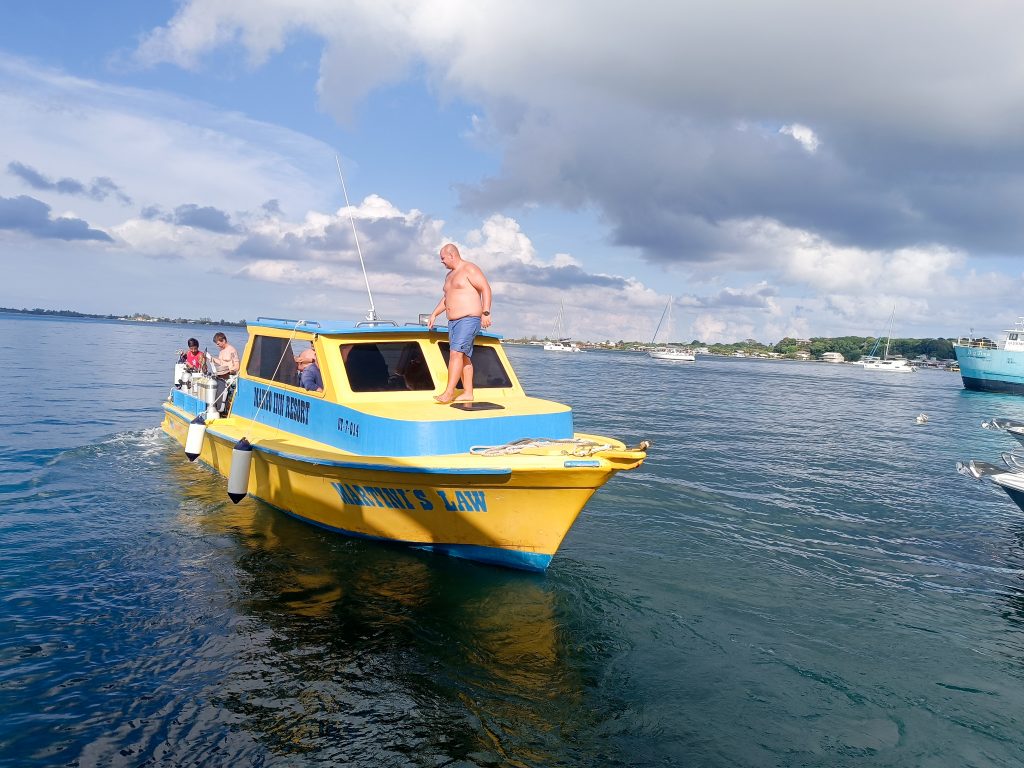
I’m not usually one for safety checks, which is partly why I lost my job on the rail. I think they’re over-cautious and boring. If you’re supposed to die in a train accident, then that’s what the fates have decided. I am not the man to fuck with your destiny. However, the thought of being under the water, breathing a tin of air connected to my face, gave me a little pause for thought. I was a little more rigorous with my safety checks than I would be, say, dispatching a 200-ton train.
To continue with our diving course, we had to prove that we could actually swim. This consisted of a 400-meter swim followed by five minutes of treading water. This doesn’t sound like much to the average, regular-boned Joe, but James is no regular-boned man. He weighs a ton and has the bones of a Gillick. We are made of flesh and muscle like most mere mortals, but our bones are made of lead or lined with it at the very least. This results in a family of people who are more comfortable sinking and stubbornly walking along the bottom rather than trying to go the way of the fish.
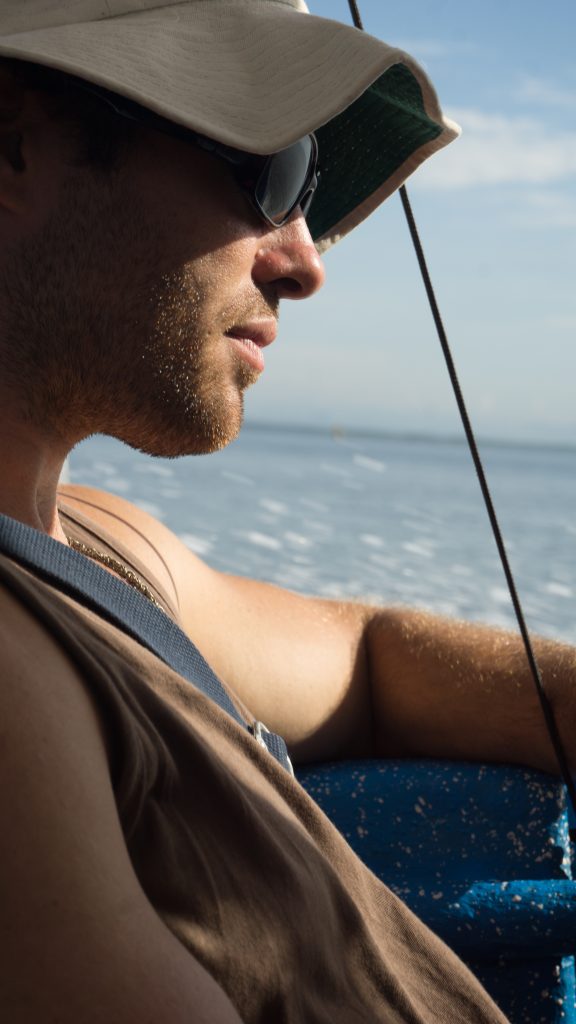
In the days preceding the test, which I had pre-warned James about, he had found time to swim and just check if he could do it. He is physically in great shape, so the stamina wasn’t much of a problem, but being from a cold country, swimming isn’t really a common pastime. If it wasn’t for the fact I had been living around beautiful swimming water for the past 3/4 of a year, I would very much doubt my abilities to cover the distance. However, despite his hesitations, he dragged himself through it and somehow trod water afterwards. I would say he was more comparable to a Nuclear Ice Breaker than a catamaran, but as they say, there is more than one way to skin a cat. The same couldn’t be said for our questioning friend. I’ve rarely seen someone so uncomfortable in the water and really wouldn’t expect to see them doing a diving course. However, after much encouragement and the addition of goggles and flippers, he managed to churn his way through the 400 meters. It didn’t bode well for the rest of his time. He hadn’t even (intentionally) gone under yet.
Take a Deep Breath
It was finally time to take our first breaths underwater. It was only off the end of the dock and about 5 meters down, but the newness of it all was palpable, and none of us could wait. We needed to figure out our buoyancy, get used to being underwater, and start to get to terms with some of the safety procedures that have to become second nature. Again, for someone who hates procedure, rules, and safety checks, none of these things wound me up the way they usually would. Maybe it was the fact that it was underwater; maybe it was because James and I were doing it together. Even James, a guy who first started joyriding cars at 14, looked keen to get on and start learning rules.
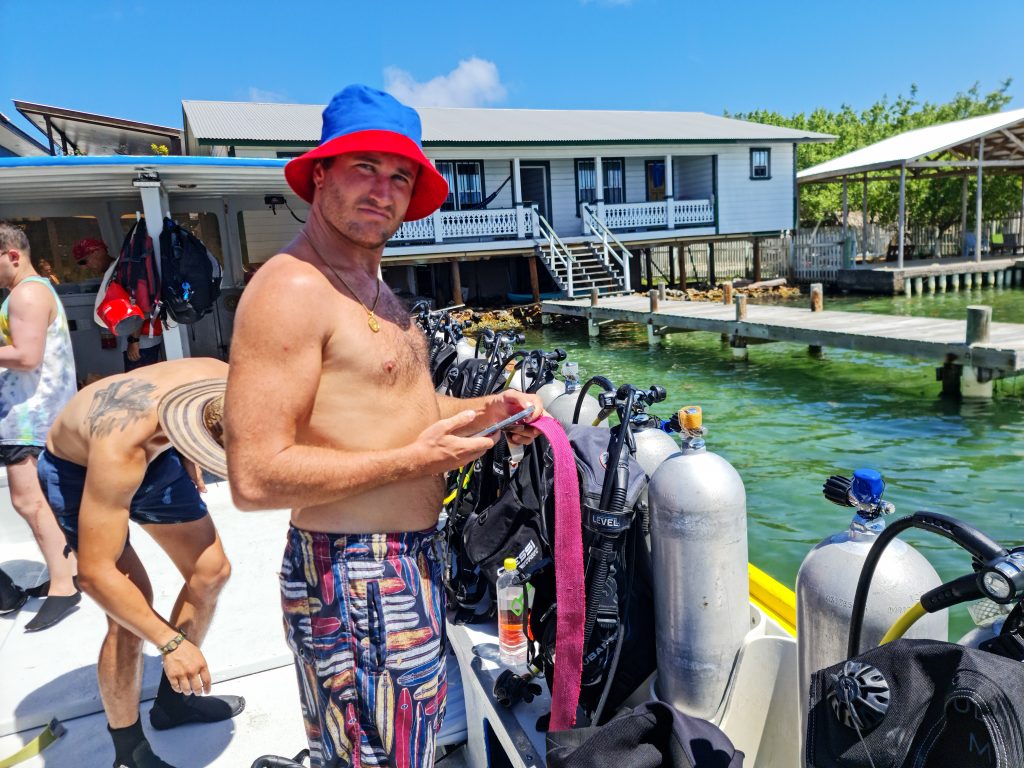
We floated on the top of the sea with our inflated jackets, lifted our arms, released the air with breathers in our mouths, and descended under the water. I didn’t stop breathing out until I came to a kneeling position on the seabed, and the first whistling breath I took was a big one. The canned air is dry, plastic-tasting, and a little cold. It rushes in with more force than your mouth is used to and yet slightly slower than would be usual above the water. You cannot gasp a breath in with the regulator, ensuring only so much is available at once, so panic breathing is impossible. I pulled in my first slow, deep lungful of air, felt my body rise with its new buoyancy, floated up a foot or so, and slowly released it, feeling my weight return as my knees came back in contact with the sea floor. I had just taken my first breath underwater, felt the weightlessness of lung-controlled buoyancy, and immediately understood why people fall in love with the hobby.
The things we had tried to pay attention to in the mind-numbingly boring videos now came into play. Really, each of the activities, if done above water and with ample oxygen and vision, would be beyond simple. However, with the addition of water and air that can only come through a tube, things got more complex. Lung-based buoyancy also made things a little more technical. The secret, I found, was just to stay calm and instead enjoy being totally weightless in an environment we were supposed to have moved out of 530 million years ago. This obviously wasn’t the case for a few of the class, and I took great pleasure watching them bolting to the top as they blindly panicked with eyes and mouths full of water.
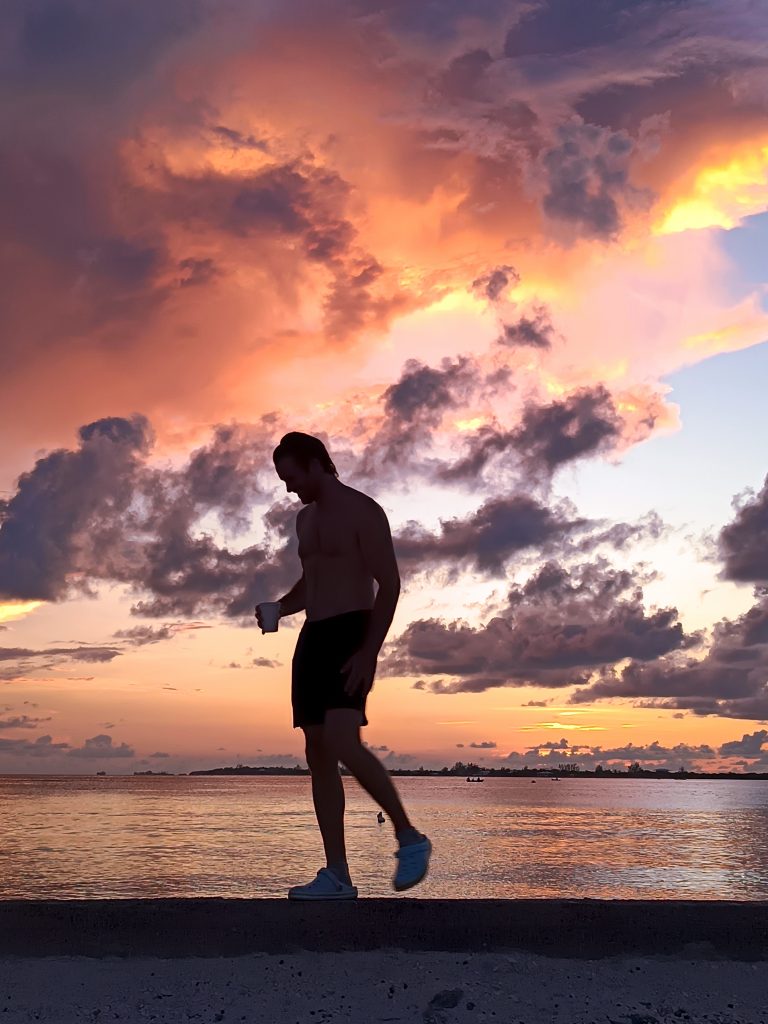
Simple exercises such as filling a mask with water, removing, replacing, and clearing it, performing short swims at controlled depths, and taking swim vests off took up the next day or so. I would say these tests were tedious, but the time spent floating around watching the small fish and the pleasure of performing elementary tasks in an alien environment didn’t wear thin before the time was up and it was time to get into the reefs. This was definitely in part due to our instructor, who kept things super casual and always funny. He had been at Utila Dive Center for years and had himself a Honduran wife and child. He had found his life and was living it well.
We finished our last day at the end of the dock, ready to get out there the next day and finally swim in the reefs that James and I had only scratched the beautiful surface of days before.


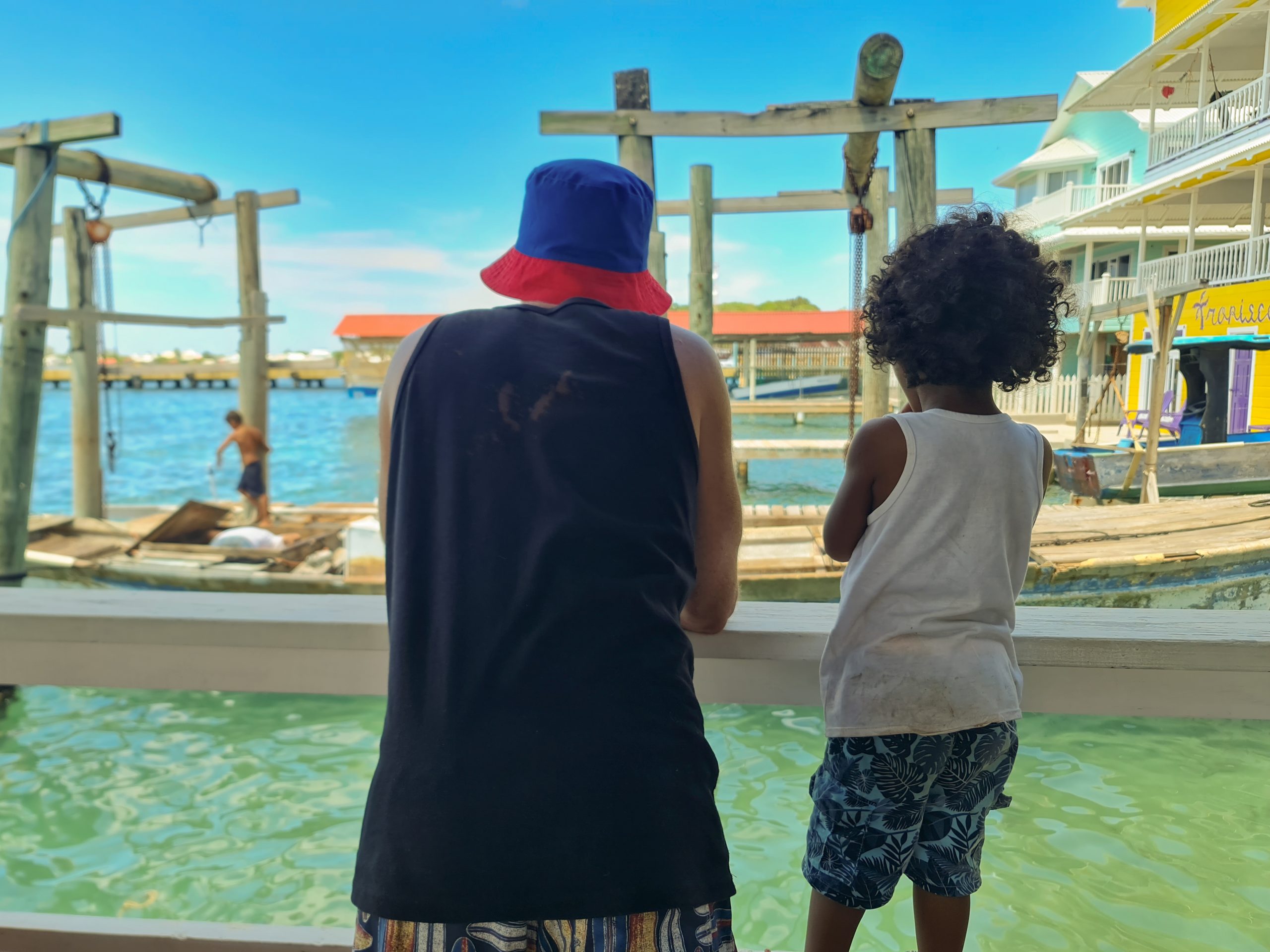
No responses yet